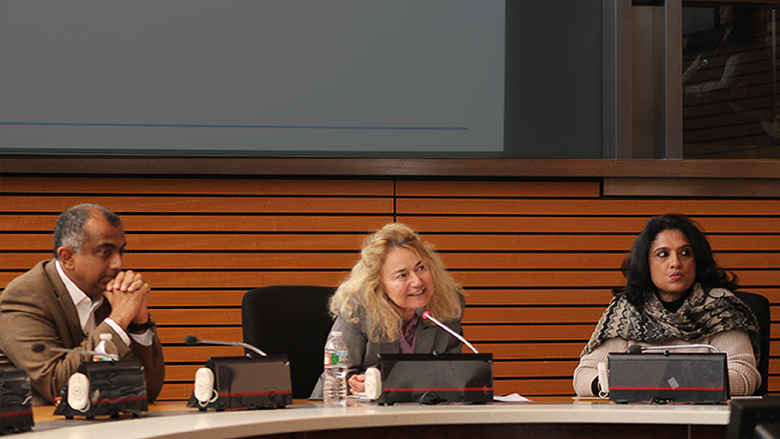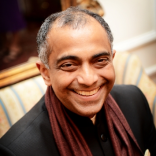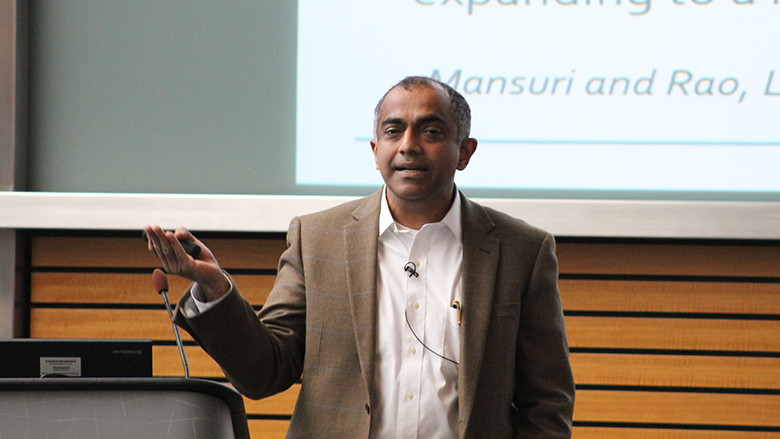Currently home to one-third of the world’s poor, India is at the center of many of the world’s most innovative efforts to end poverty and boost shared prosperity. It is no surprise then that the Social Observatory—a joint initiative of World Bank research and operations teams to transform how development is delivered—chose India as the place to set up operations four years ago. The initiative is embedded in the $2 billion portfolio of World Bank livelihoods projects currently operating in the country.
“As researchers we are very interested in having significant policy impact,” said Research Director Asli Demirgüç-Kunt. “One of the big advantages of being a research department housed in the World Bank is working closely with our operational colleagues on initiatives like the Social Observatory, which is precisely how we researchers learn from experience.”
Livelihoods projects work with communities to lift the poorest of the poor out of poverty. The core of these projects are self-help groups, self-selected groups of women in villages throughout India which meet regularly to provide each other support and work together on a range of anti-poverty programs such as business training, microfinance, and health services.
But like many aid programs that use a community-driven approach, livelihoods projects face a challenge in adapting to diverse cultural contexts and constantly changing circumstances on the ground. Thus entered the Social Observatory in 2011, which now works with livelihoods projects in the Indian states of Bihar, Tamil Nadu, Odisha, and Maharashtra that together serve nearly 20 million people.
In a recent Policy Research Talk, Vijayendra Rao, a Lead Economist in the Research Department and the dynamo behind the Social Observatory, explained how the Social Observatory sprang out of the findings of a landmark World Bank research report on participatory development, ‘Localizing Development: Does Participation Work’. The report found that participatory, community-driven projects often fail to be sensitive to complex contexts—including social, political, historical and geographical realities—and fall short in terms of monitoring and evaluation systems, which hampers learning.



